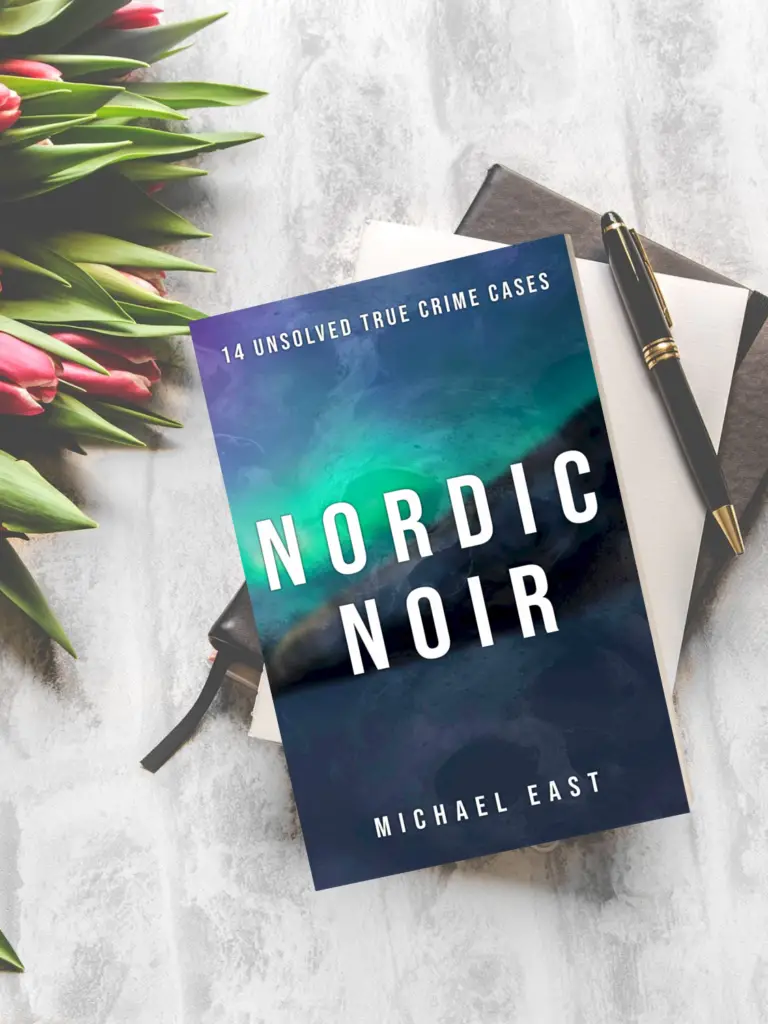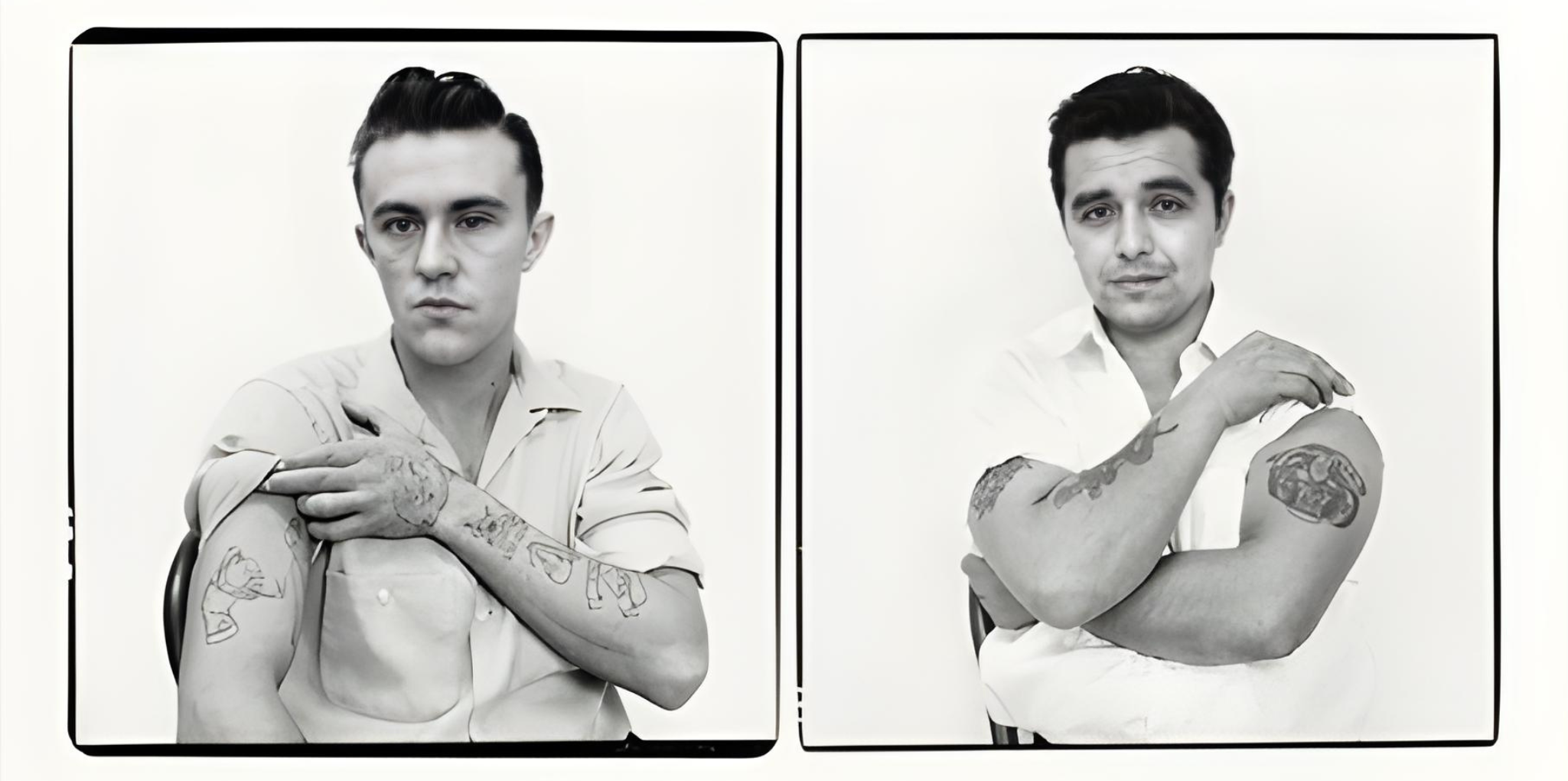
Book Review: In Cold Blood by Truman Capote
The Masterpiece That Redefined True Crime
Truman Capote’s In Cold Blood is often heralded as the first true crime novel—a groundbreaking blend of investigative journalism and literary storytelling. First published in 1966, the book reconstructs the brutal murder of the Clutter family in Holcomb, Kansas, in 1959. More than just a crime story, it is an exploration of morality, psychology, and the impact of violence on a community. Capote’s meticulous research, combined with his evocative prose, creates an immersive and unsettling reading experience that continues to captivate audiences decades after its release.
A Crime That Shattered an Idyllic Town
The book opens in the small rural town of Holcomb, introducing us to the Clutter family—Herb, his wife Bonnie, and their two teenage children, Nancy and Kenyon. Capote paints an almost cinematic picture of their final hours, portraying them as kind, hardworking, and deeply woven into their community. This makes what follows all the more harrowing.
On the night of November 15, 1959, two ex-convicts, Perry Smith and Dick Hickock, entered the Clutter home, intending to rob them. Finding no safe full of money, they instead left behind a crime scene of unimaginable horror. Herb Clutter was bound, gagged, and had his throat cut before being shot in the head. His wife and children were also bound and executed, their bodies left in separate rooms. The senseless nature of the crime left the town in shock, shattering the illusion of safety in rural America.
Blurring the Lines Between Fiction and Fact
Capote’s writing transforms a straightforward murder case into a deeply compelling narrative. His ability to blend the factual precision of journalism with the emotional weight of a novel makes In Cold Blood feel almost cinematic. He structures the book as a four-act drama:
- The Clutters’ final day and the killers’ journey to Holcomb.
- The discovery of the crime scene and the early stages of the investigation.
- The capture and trial of the murderers.
- Their time on death row, leading to their execution.
One of the book’s most striking elements is how Capote gives equal weight to the killers’ perspectives. Perry Smith and Dick Hickock are not portrayed as mere monsters but as deeply flawed, almost tragic figures. Perry, in particular, emerges as a complicated character—intelligent, sensitive, and shaped by an abusive childhood. Capote’s evident fascination with him has led to speculation that he developed a personal attachment to Perry, further blurring the line between observer and storyteller.
Ethical Questions and Literary Controversy
Capote’s immersive approach comes with its share of controversy. While he conducted extensive interviews with those involved—including law enforcement, townspeople, and even the killers themselves—he took creative liberties in reconstructing events and dialogue. This has led critics to question the book’s accuracy, with some arguing that In Cold Blood is as much fiction as it is fact.
Additionally, Capote’s role in the story is itself an intriguing subject. Did his close relationship with Perry Smith influence how the story was told? Did he manipulate events for narrative impact? And what role did Harper Lee, Capote’s lifelong friend and researcher, play in shaping the final product? These lingering questions add yet another layer of intrigue to an already complex book.
A Study in Crime and Consequence
Beyond the crime itself, In Cold Blood is an exploration of justice, morality, and the American psyche. Capote does not shy away from questioning the death penalty, forcing readers to consider whether executing Smith and Hickock was justice served or simply another act of state-sanctioned violence.
The book also captures the psychological toll on those involved in the case—detectives haunted by the brutality of the crime, a town that lost its innocence, and two men waiting to die, trying to rationalise their actions. It is this depth that elevates In Cold Blood beyond a mere retelling of events into something far more profound.
The Legacy of In Cold Blood
Capote’s In Cold Blood is a literary landmark, not only defining the true crime genre but also influencing countless writers and filmmakers. It is as much a character study as it is an investigation, presenting a world where evil is not always clear-cut and justice is not always simple.
For readers looking for a gripping, thought-provoking exploration of crime, human nature, and the fragility of American idealism, In Cold Blood remains an essential read. Despite its ethical grey areas and disputed factual accuracy, it is a masterclass in storytelling—haunting, compelling, and utterly unforgettable.
The Review
Book Review: In Cold Blood by Truman Capote
A pioneering true crime novel, In Cold Blood reconstructs the 1959 murders of the Clutter family in rural Kansas. Blending investigative journalism with novelistic storytelling, Capote explores the crime, the killers, and the psychological and societal impact of the case.
PROS
- Masterfully written, immersive storytelling
- Deep psychological insight into the killers
- A landmark in true crime literature
CONS
- Blurs the line between fact and fiction
- Controversial portrayal of the murderers
- Some parts feel overly dramatised
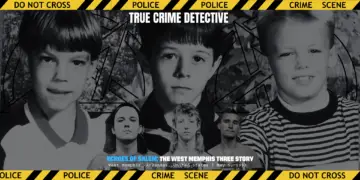
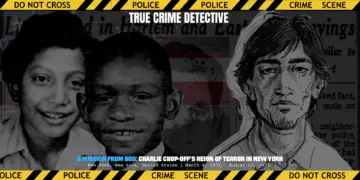



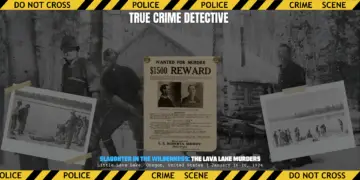









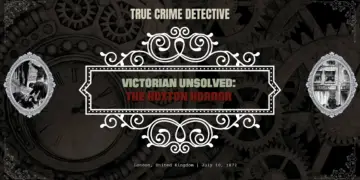
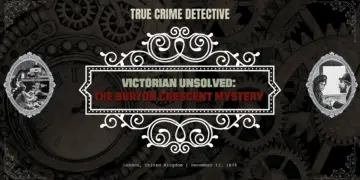
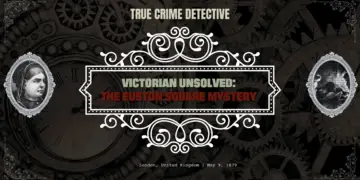







 Amazon
Amazon





















